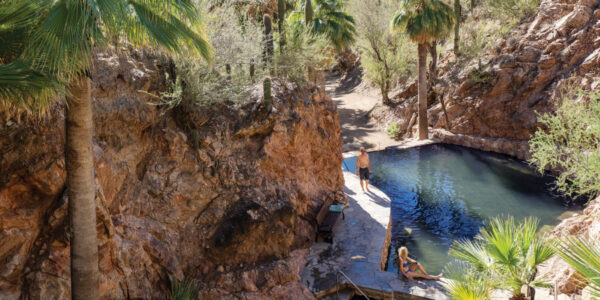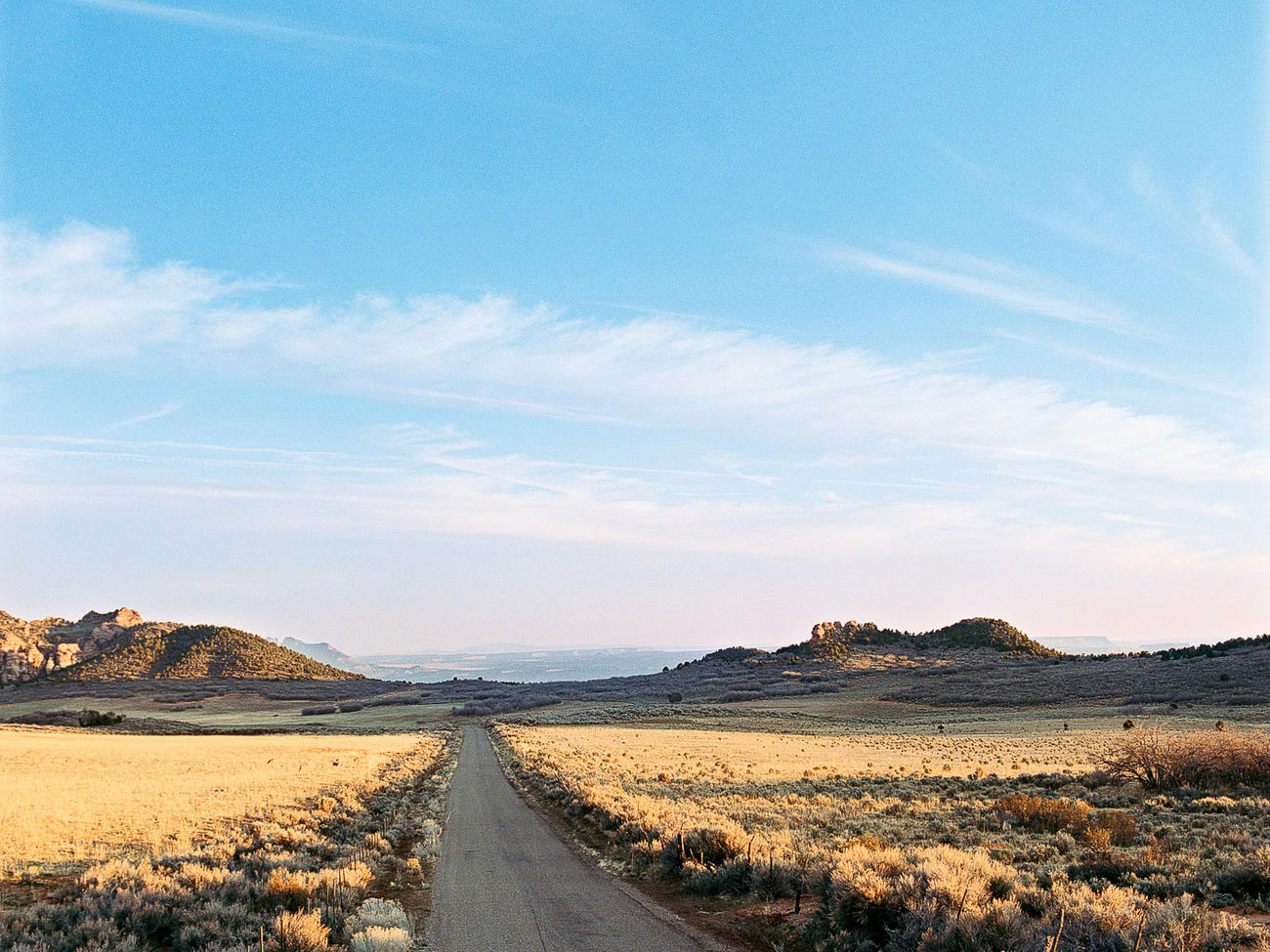
Zion 101

The park’s history. Nineteenth century Mormon pioneers gave it the Biblical name: Zion, for the promised land. And once you’ve visited this 147,000-acre park in southwestern Utah you, too, may feel you’ve been granted a glimpse of heaven. Sandstone cliffs glow red and coral against turquoise skies and reflect shimmeringly in the clear waters of the Virgin River. In summer, cottonwood trees let loose little white puffballs to float in the warm desert breezes; in fall the same trees blaze brilliant yellow against the surrounding red rock. No wonder renowned artists like Maynard Dixon found inspiration here.
Getting there. Zion National Park lies in southwestern Utah, about 150 miles northeast of Las Vegas. Autumn is a good time to explore here, with daytime temperatures in the 60s and 70s. Weather can be a factor, especially at higher elevations (the park ranges from 3,600 to 8,700 feet), where snow and ice can block trails; check conditions before you set out. Park entry is $25 per vehicle.
What to see. Other southwestern parks, such as Grand Canyon, wow you with vastness and immensity. Zion seduces you with a more intimate beauty. The centerpiece of the park is narrow Zion Canyon, which you experience from bottom up―gazing up at towering rock formations like the Great White Throne and the Court of the Patriarchs. The canyon holds a number of great hikes, from the easy and family-friendly to the challenging; among the classic wilderness experiences in any national park is the trek through the Narrows of the Virgin River, where you splash upstream through canyons not much wider than you are.
Beat the crowds. Because most of the park’s 2.7 annual visitors funnel into Zion Canyon, it can get busy, especially in the summer. To escape the crowds, consider a fall visit. Or explore other portions of the park. About an hour to the northwest, off I-15, Kolob Canyons contains scenery as dramatic in its own way as Zion Canyon, with a lot fewer visitors. Among the highlights here is Kolob Arch, one of the largest freestanding rock arches in the world. It’s reached by a demanding 14-mile round-trip hike. But a drive along Kolob Canyons Road will show you cliffs and canyons so spectacular you may fill your digital camera’s memory card before you even reach the end of the road.
For more information:
National Park Service; nps.gov/zion
Utah Travel; utah.com
Zion National-Park dot com; zionnational-park.com
Zion Rock and Mountain Guides; zionrockguides.com
